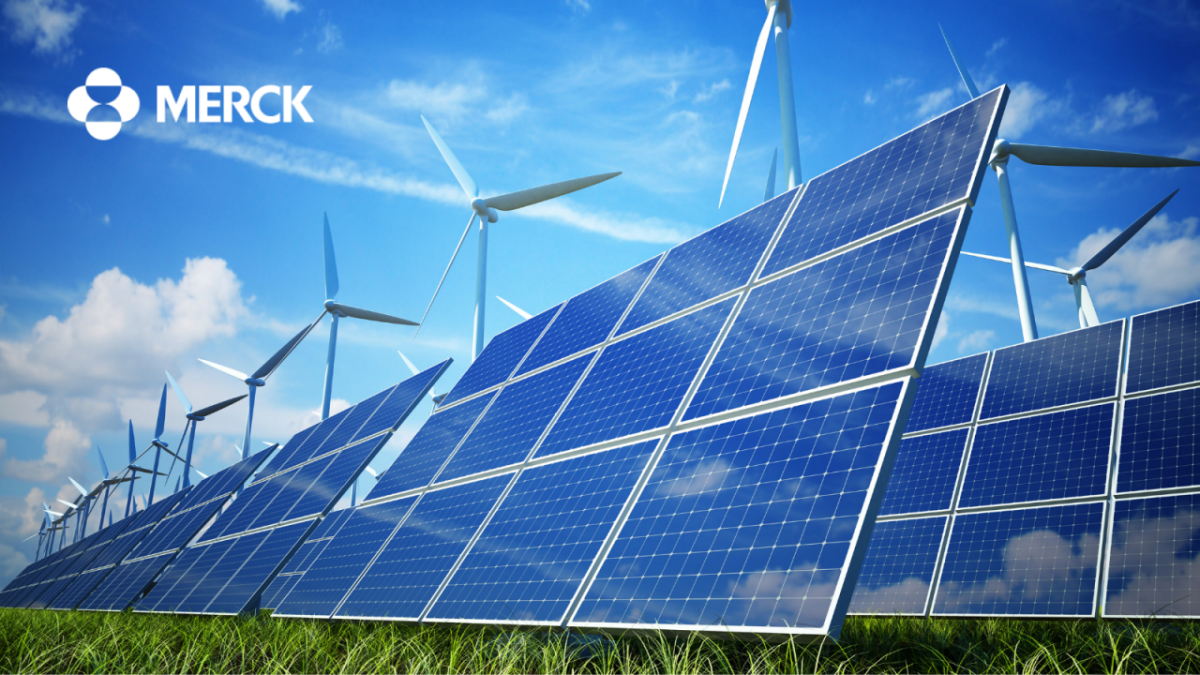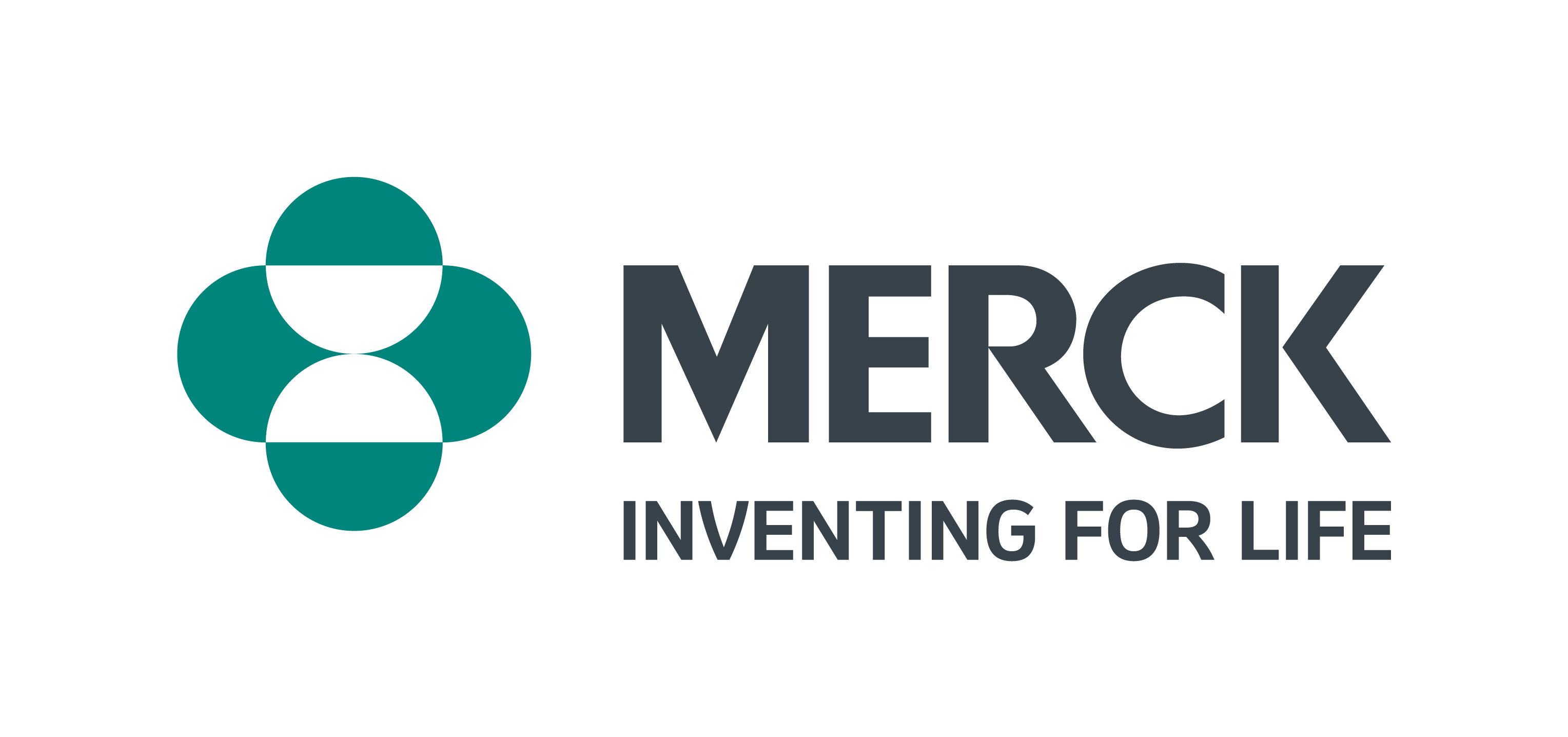Merck Accelerates Climate Goals; Announces Carbon Neutrality in Operations by 2025
100% Renewable Energy Goal to be Achieved 15 Years Ahead of Schedule; Includes Three New Virtual Power Purchase Agreements

April 26, 2021 /3BL Media/ - Merck has announced ambitious goals to achieve carbon neutrality across its operations by 2025 (Scopes 1 & 2 emissions) and a 30% reduction in its value chain emissions by 2030 (Scope 3 emissions).[1]
These goals are aligned with science and build on Merck’s long-standing focus on preventing the worst impacts of climate change and supporting the global effort to achieve the Paris Agreement goals by reducing demand for energy and minimizing greenhouse gas (GHG) emissions.
Merck will achieve carbon neutrality in its operations with ongoing innovation to increase efficiency and reduce carbon emissions, applying sustainable building standards and continuing to transition away from fossil fuel use. Remaining Scope 1 emissions will be offset each year with a portfolio of high-quality carbon credits, including carbon removals.
“Global efforts to combat climate change are essential to the health and sustainability of our planet,” said Robert Davis, president, Merck. “Our new climate action goals reflect our ongoing commitment to operating responsibly and will help us drive long-term sustainability for our business, society and for the patients and communities we serve.”
New Virtual Power Purchase Agreements Signed
Merck is also accelerating by 15 years its previous 2040 goal to source 100% renewable energy for its purchased electricity. Merck signed three new virtual power purchase agreements (VPPAs) for utility-scale energy projects based in Texas and Spain. These projects will address approximately 35% of Merck’s Scope 2 emissions by collectively adding 145 megawatts (MW) of solar and wind energy to the grid. Merck previously signed a U.S. wind VPPA in 2018, which has added 60 MW of new renewable energy capacity, while providing Merck with the associated renewable energy credits.
To achieve the 30% reduction in Scope 3 emissions by 2030, Merck will continue to engage with its suppliers to reduce their emissions, promote opportunities for suppliers to source renewable energy, and use existing procurement and supply chain processes to drive additional strategies to decrease emissions.
“At Merck, we are focused on adopting innovative ways to reduce emissions, in our own operations and across our entire value chain,” said Jennifer Zachary, executive vice president and general counsel, who is also responsible for the company’s global safety and environment function. “Our new VPPA agreements and ongoing engagement with suppliers reflect our responsible use of resources in every aspect of our work.”
Merck has a long-standing commitment to environmental sustainability. The new commitments expand on Merck’s most recent goals and priorities set in 2017 that focus on driving efficiency in its operations, designing new products to minimize environmental impact, and reducing the impacts in its value chain. To learn more about Merck’s Environmental, Social and Governance (ESG) efforts, visit Merck’s Corporate Responsibility Report.
Forward-Looking Statement of Merck & Co., Inc., Kenilworth, N.J., USA
This news release of Merck & Co., Inc., Kenilworth, N.J., USA (the “company”) includes “forward-looking statements” within the meaning of the safe harbor provisions of the U.S. Private Securities Litigation Reform Act of 1995. These statements are based upon the current beliefs and expectations of the company’s management and are subject to significant risks and uncertainties. If underlying assumptions prove inaccurate or risks or uncertainties materialize, actual results may differ materially from those set forth in the forward-looking statements.
Risks and uncertainties include but are not limited to, general industry conditions and competition; general economic factors, including interest rate and currency exchange rate fluctuations; the impact of the global outbreak of novel coronavirus disease (COVID-19); the impact of pharmaceutical industry regulation and health care legislation in the United States and internationally; global trends toward health care cost containment; technological advances, new products and patents attained by competitors; challenges inherent in new product development, including obtaining regulatory approval; the company’s ability to accurately predict future market conditions; manufacturing difficulties or delays; financial instability of international economies and sovereign risk; dependence on the effectiveness of the company’s patents and other protections for innovative products; and the exposure to litigation, including patent litigation, and/or regulatory actions.
The company undertakes no obligation to publicly update any forward-looking statement, whether as a result of new information, future events or otherwise. Additional factors that could cause results to differ materially from those described in the forward-looking statements can be found in the company’s 2020 Annual Report on Form 10-K and the company’s other filings with the Securities and Exchange Commission (SEC) available at the SEC’s Internet site (www.sec.gov).
[1] Scope 1 emissions are direct greenhouse (GHG) emissions that occur from sources that are controlled or owned by an organization (e.g., emissions associated with fuel combustion in boilers, furnaces, vehicles).
Scope 2 emissions are indirect GHG emissions associated with the purchase of electricity, steam, heat, or cooling.
Scope 3 emissions are the result of activities from assets not owned or controlled by the reporting organization, but that the organization indirectly impacts in its value chain.

